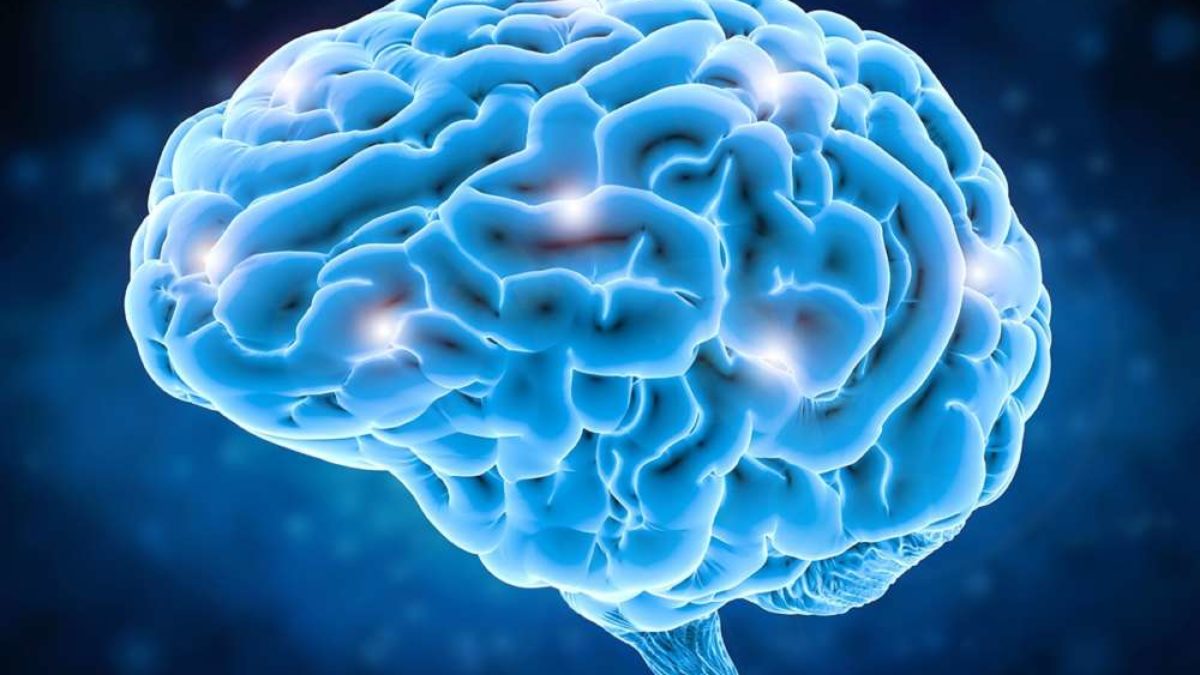A international research team led by UCL has created an artificial intelligence (AI) algorithm capable of detecting minute brain irregularities that cause epileptic seizures.
The Multicentre Epilepsy Lesion Detection project (MELD) algorithm was created utilising over 1,000 patient MRI images from 22 international epilepsy centres to report the locations of abnormalities in cases with drug-resistant focal cortical dysplasia (FCD), a primary cause of epilepsy. FCDs are brain areas that have developed incorrectly and commonly result in drug-resistant epilepsy. Surgery is commonly used to treat it, but doctors have a hard time locating the lesions on an MRI since MRI scans for FCDs might seem normal.
The scientists employed about 300,000 places throughout the brain to quantify cortical properties from the MRI scans, such as how thick or folded the cortex/brain surface was.
The system was then trained on cases that experienced radiologists had classified as either having FCD or being a healthy brain based on their patterns and attributes.
In general, the algorithm was successful in identifying the FCD in 67% of instances in the cohort, according to the results, which were published in Brain (538 participants).
Also Read: Veterans are reluctant in seeking help for sleep, substance issues, study finds
Radiologists had previously been unable to uncover the abnormalities in 178 of the patients based on their MRI results; however, the MELD algorithm was able to detect the FCD in 63% of these cases.
This is crucial because, if doctors can identify the anomaly in the brain scan, surgery to remove it could result in a recovery.
Mathilde Ripart, a co-first author from the UCL Great Ormond Street Institute of Child Health, stated: “We focused on developing an AI system that was interpretable and could assist physicians in making decisions. A crucial step in that process was demonstrating to the doctors how the MELD algorithm generated its forecasts.
Dr Konrad Wagstyl, a co-senior author from the UCL Queen Square Institute of Neurology, added: “This algorithm might make it easier to identify these concealed lesions in epileptic children and adults, which would increase the number of patients who could potentially benefit from brain surgery to treat their condition and enhance cognitive function. In England, epilepsy surgery could help about 440 kids a year.”
Epilepsy is a severe neurological illness that affects 1% of the world’s population and is marked by recurrent seizures.
About 600,000 people in the UK are impacted. The majority of epilepsy patients can be treated with pharmaceuticals, although 20-30% of them do not benefit from them.
FCD is the most frequent cause in children who have had surgery to treat their epilepsy, and it is the third most frequent cause in adults.
Furthermore, FCD is the most frequent reason for epilepsy in people who have a brain anomaly that cannot be seen on an MRI scan.
Dr Hannah Spitzer, a co-first author from Helmholtz Munich, stated: “Our system automatically learns to detect lesions from thousands of patient MRI scans. It is capable of accurately identifying lesions of various sorts, forms, and sizes, including several that radiologists had previously overlooked.
Dr Sophie Adler, a co-senior author from the University College London’s Great Ormond Street Institute of Child Health, added: “We believe that this technology may assist to discover abnormalities that are now being missed that cause epilepsy.
In the long run, it might make it possible for more epilepsy patients to undergo possibly curative brain surgery.
This FCD detection study makes use of the biggest MRI cohort of FCDs to date, making it capable of identifying all FCD subtypes.
The 22 hospitals participated in the study employed varied MRI scanners from across the world, which increased the algorithm’s robustness but may have impacted its sensitivity and specificity.
Follow Medically Speaking on Twitter Instagram Facebook





